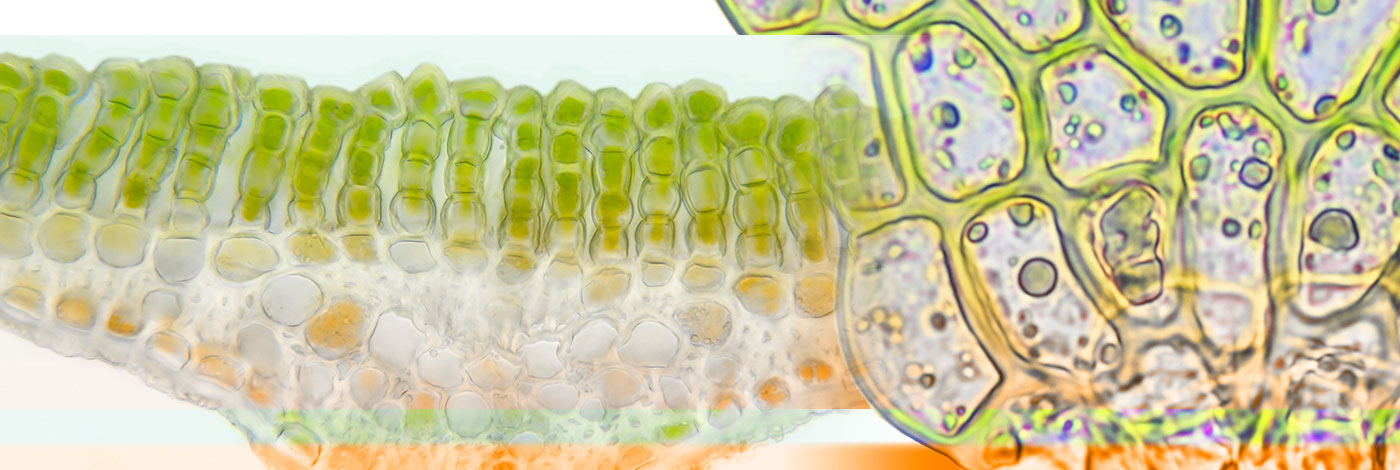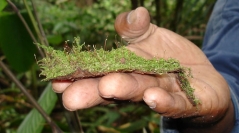

 Cryptogamie, Bryologie
41 (20) - Pages 255-264
Cryptogamie, Bryologie
41 (20) - Pages 255-264The archipelago of Marajó (Pará State, Brazil) in the mouth of the Amazon river is the largest fluvial-marine complex worldwide, comprising about 2500 islands. The aim of this study was to investigate floristic and ecological attributes of the bryophyte flora of two major islands of the archipelago, Caviana and Mexiana, as a contribution to environmental conservation. In total, 572 samples were studied. The bryoflora of Caviana was represented by 89 species (39 mosses, 50 liverworts) and Mexiana by 50 species (28 mosses, 22 liverworts). Together, the two islands harbored 100 species (46 mosses and 54 liverworts). No statistical similarity was observed in the species composition between the two islands and 50 species were exclusive to Caviana while 11 species were only found on Mexiana. The latter island harbored a greater richness of mosses while liverworts were more diverse on Caviana. Epiphyllous bryophytes were exclusively found on Caviana. The floristic differences between the two islands are explained by differences in environmental conditions and vegetation cover. Drepanolejeunea lichenicola (Spruce) Steph., Eulacophyllum cultelliforme (Sull.) W.R.Buck & Ireland and Meteoridium remotifolium (Müll.Hal.) Manuel are new to the state of Pará and 31 species are recorded for the first time from Marajó.
Amazonia, Bryophyta, continental island, floristics, Marchantiophyta, tropical rainforest